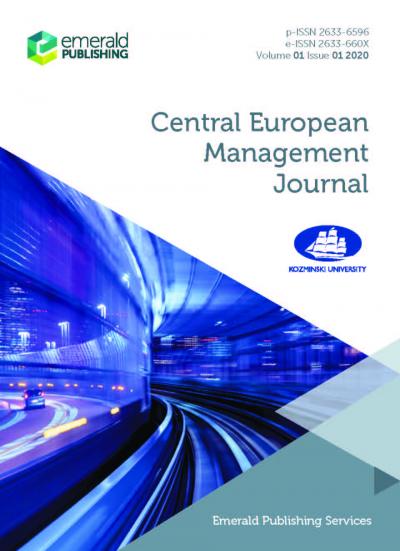Knowledge of Network-Based Market Orientation for the Internationalization of Disruptive Innovation in SMEs
Akmal Hyder
University of Gävle
Agneta Sundström
University of Gävle
Ehsanul Chowdhury
University of Gävle
9/2022 30 (3) Central European Management Journal
DOI 10.7206/cemj.2658-0845.81








